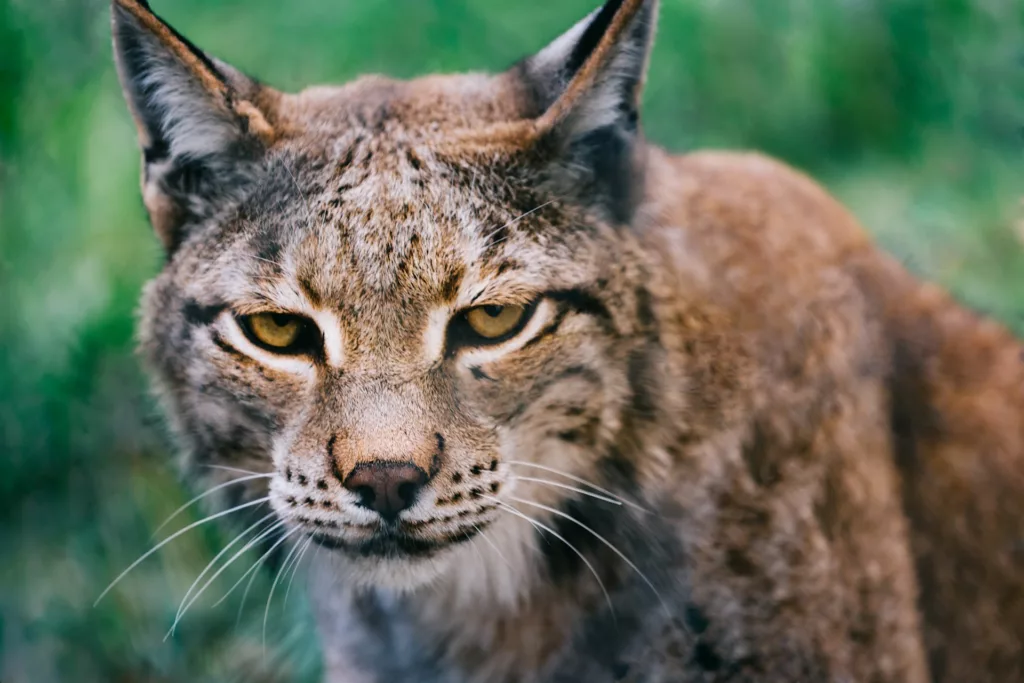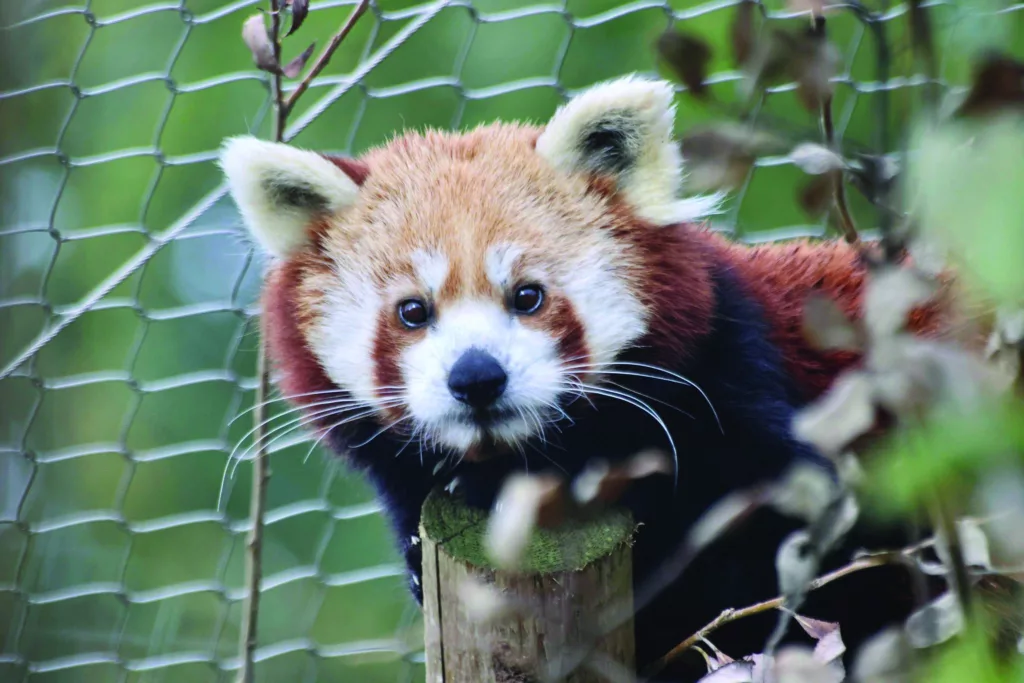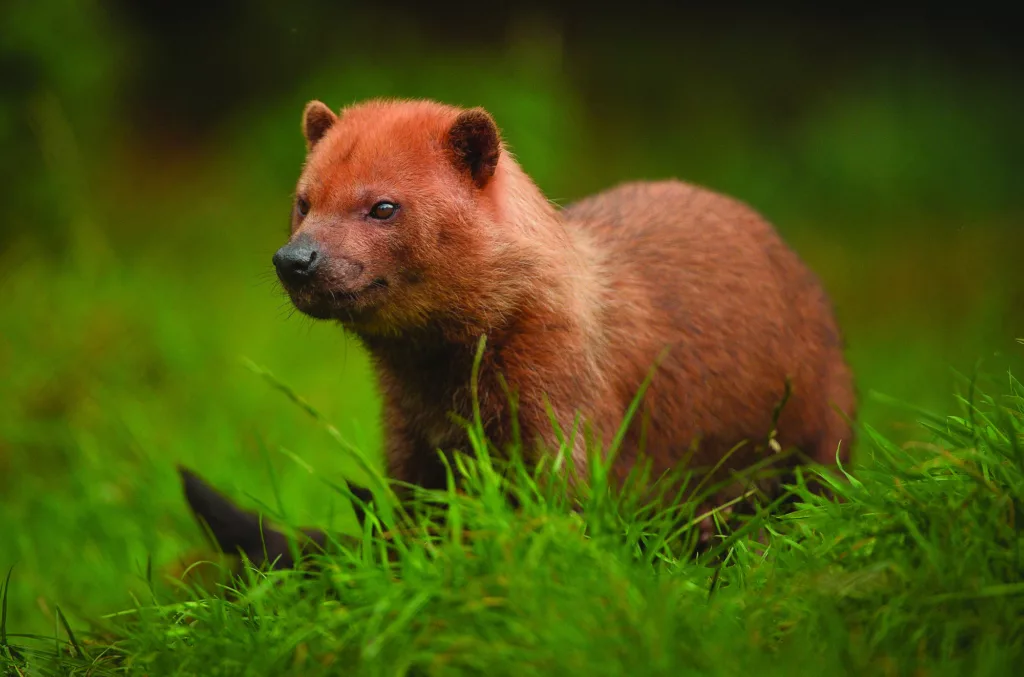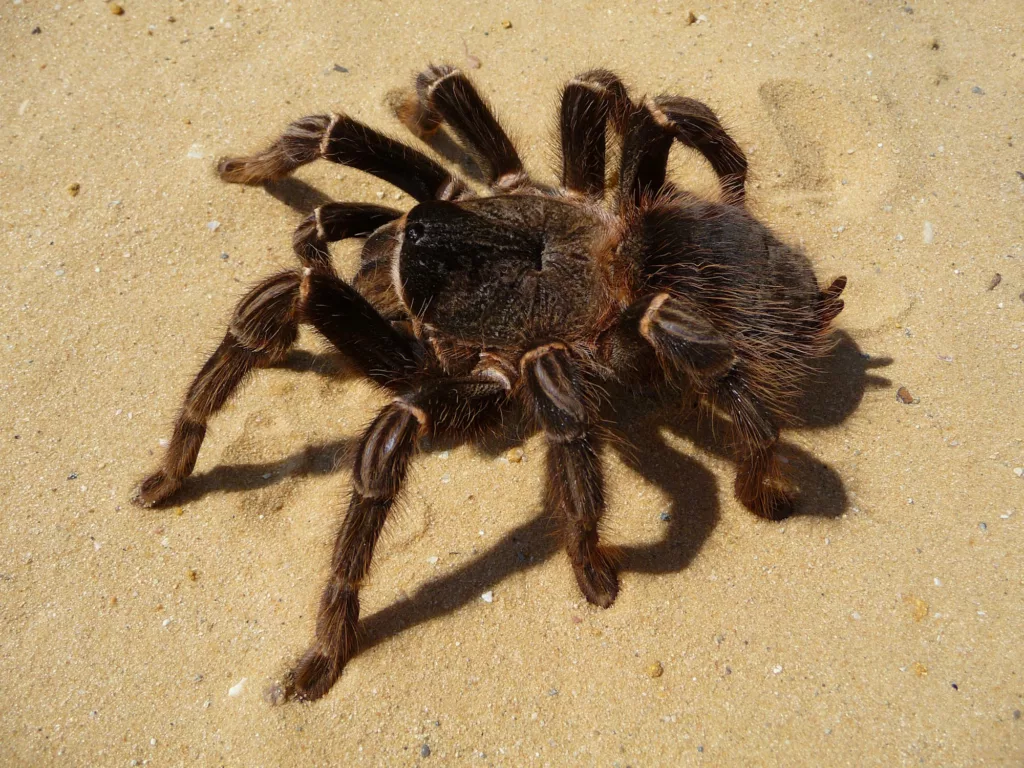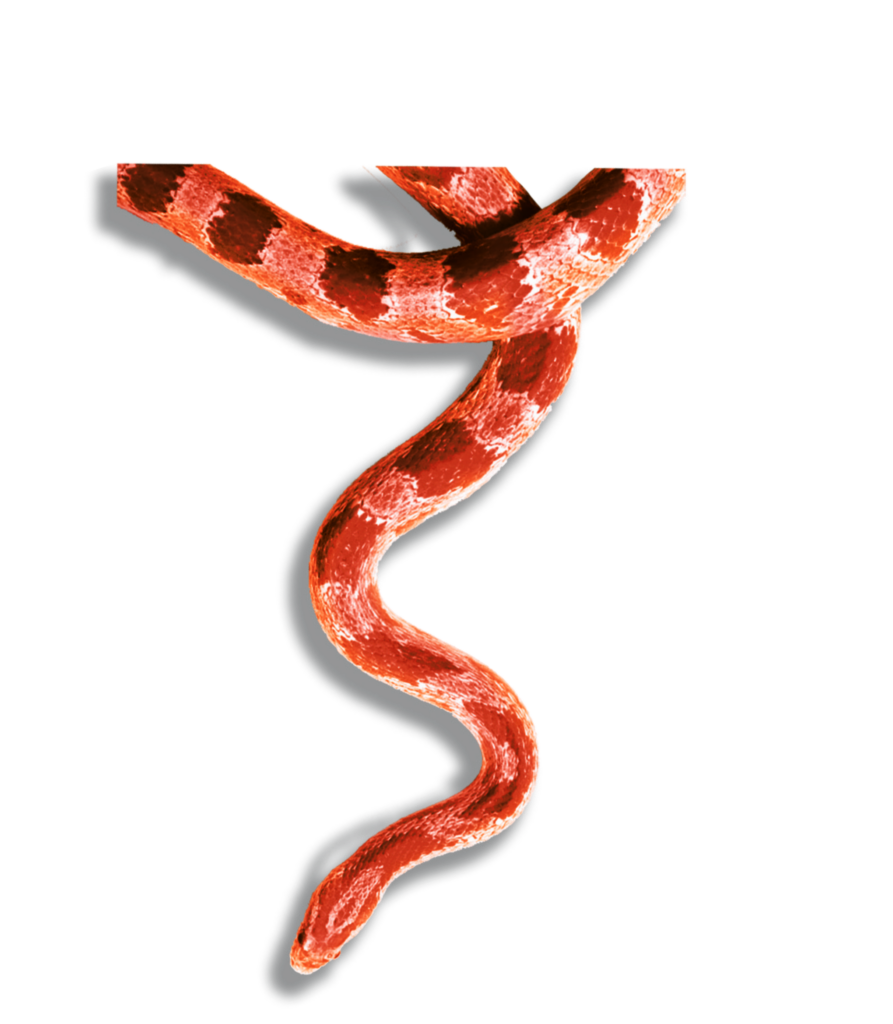
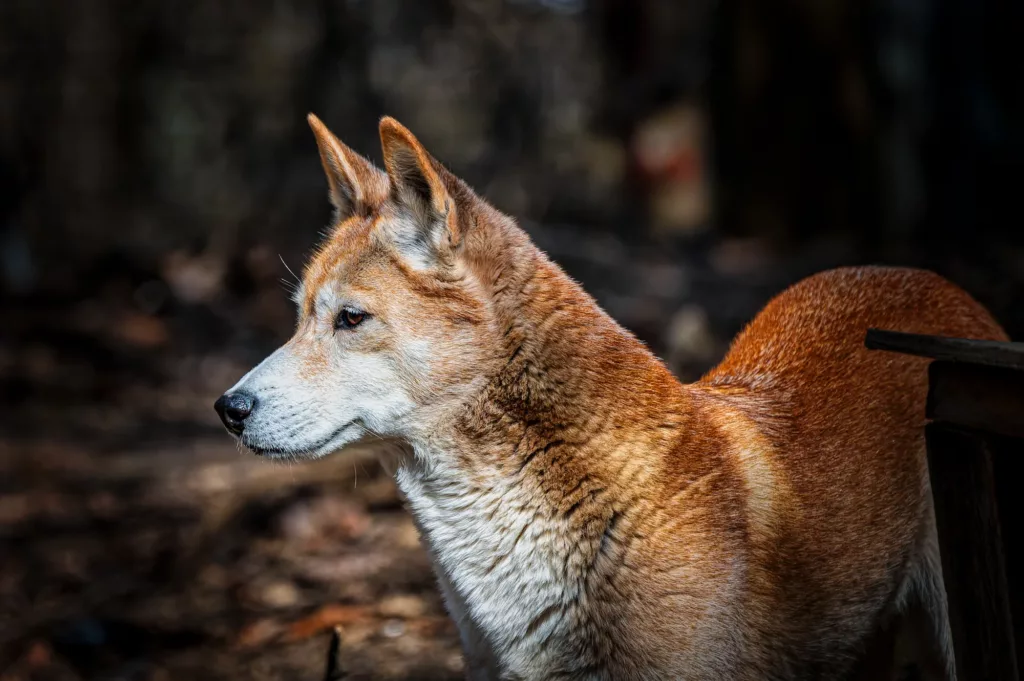
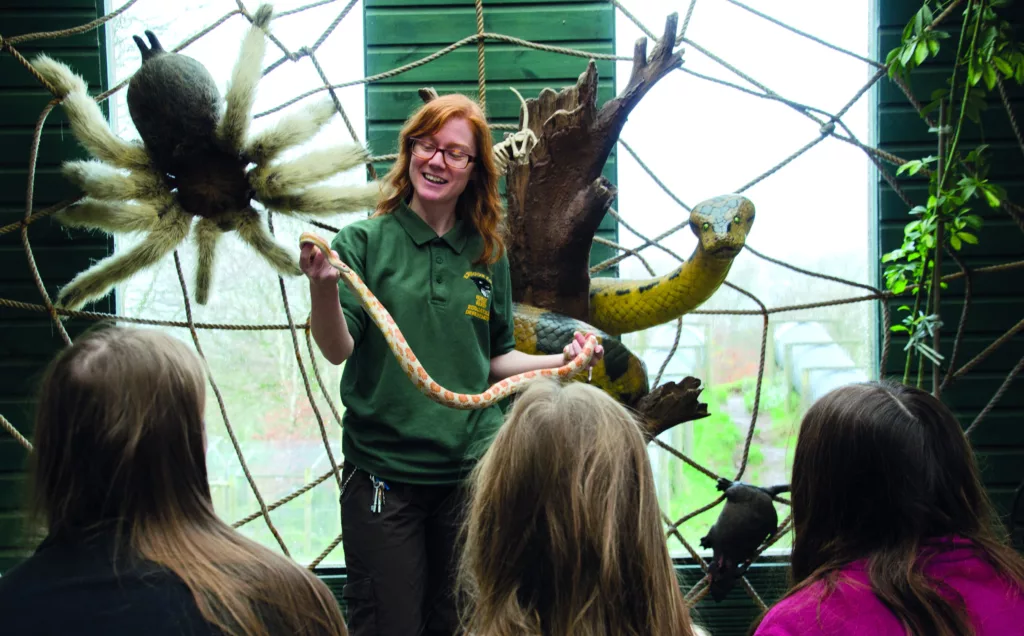
Education
Learn & Have Fun
With Exmoor Zoo, learning is fun!
We offer many different ways for you to find out more about the wonderful world of animals…
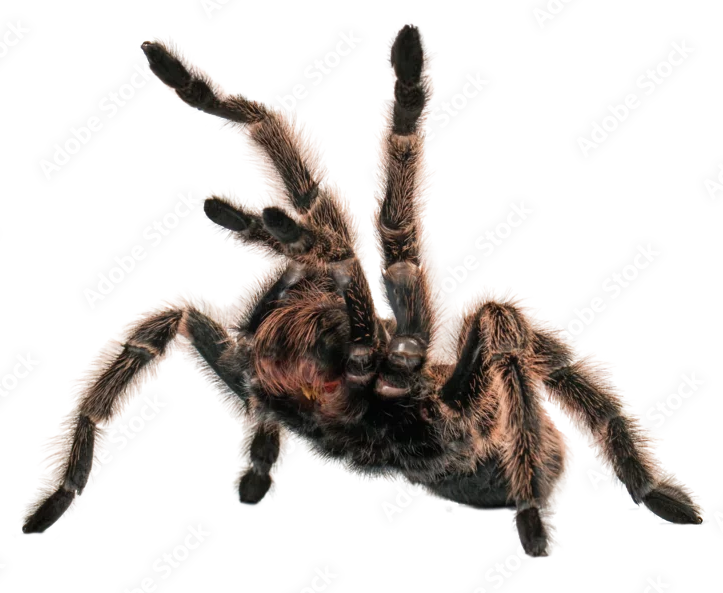
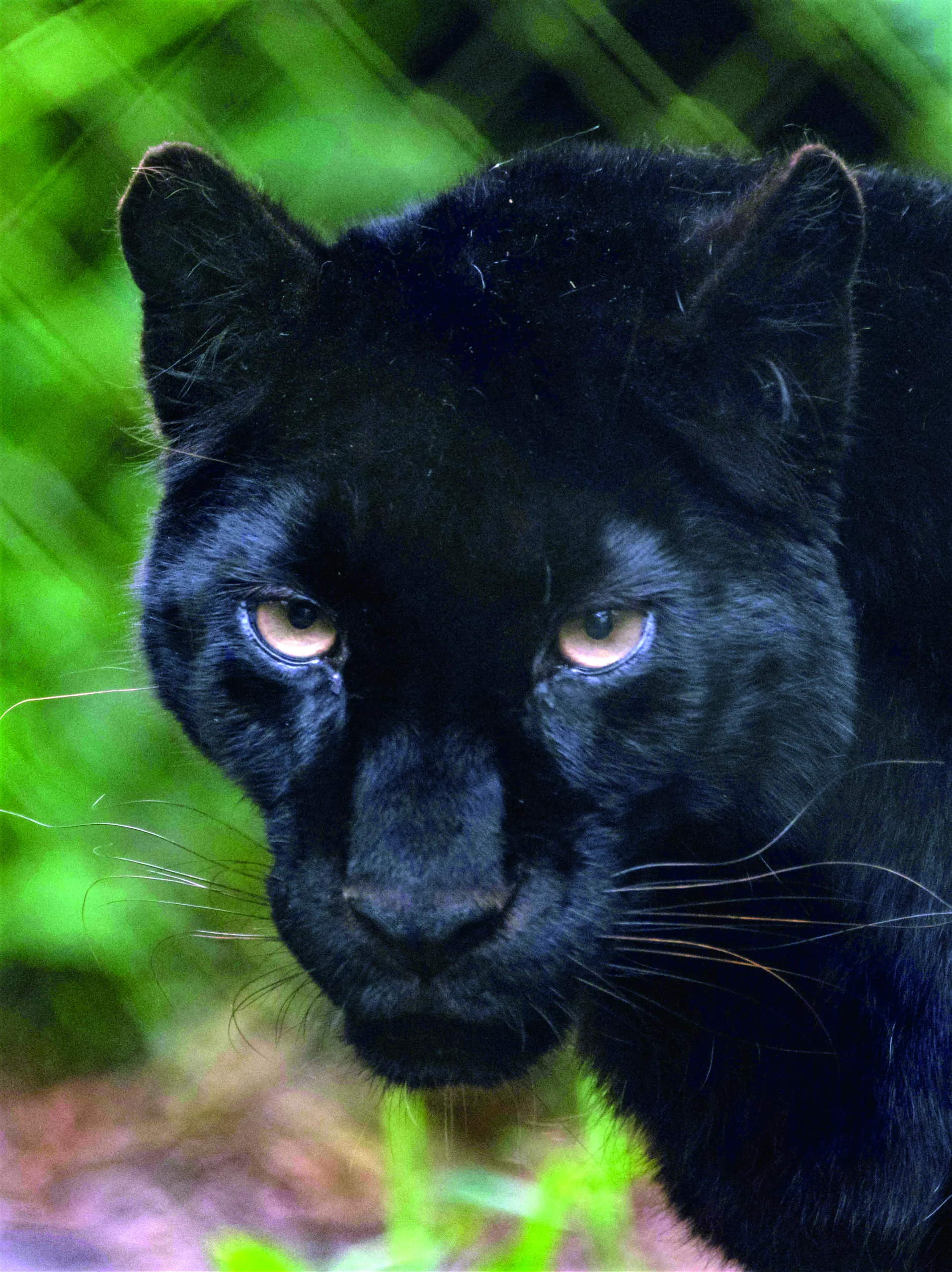
Black leopards
Look out, there’s a leopard about! We home a genuine legend right here in our zoo, known affectionately as the Exmoor Beast. Learn about it’s habits before you visit in the flesh.
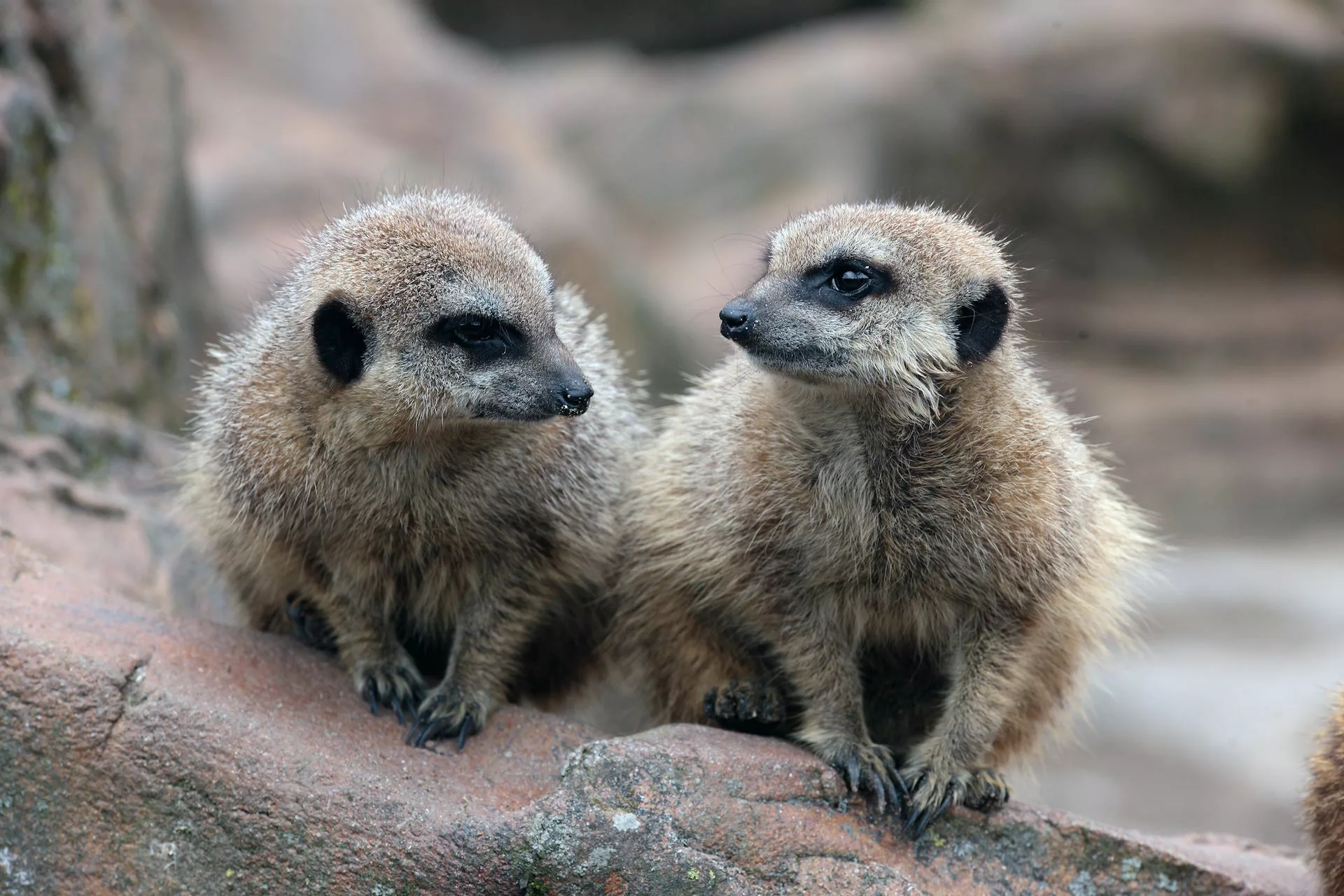
Meerkat
We home a number of charming Meerkats. They naturally inhabit arid regions of southern Africa, such as deserts and savannas, so we keep them nice, warm and happy here in Exmoor.

Red Panda
Our red pandas live in spacious enclosures designed to mimic their natural habitat in the forests of Asia, complete with trees and branches to climb.
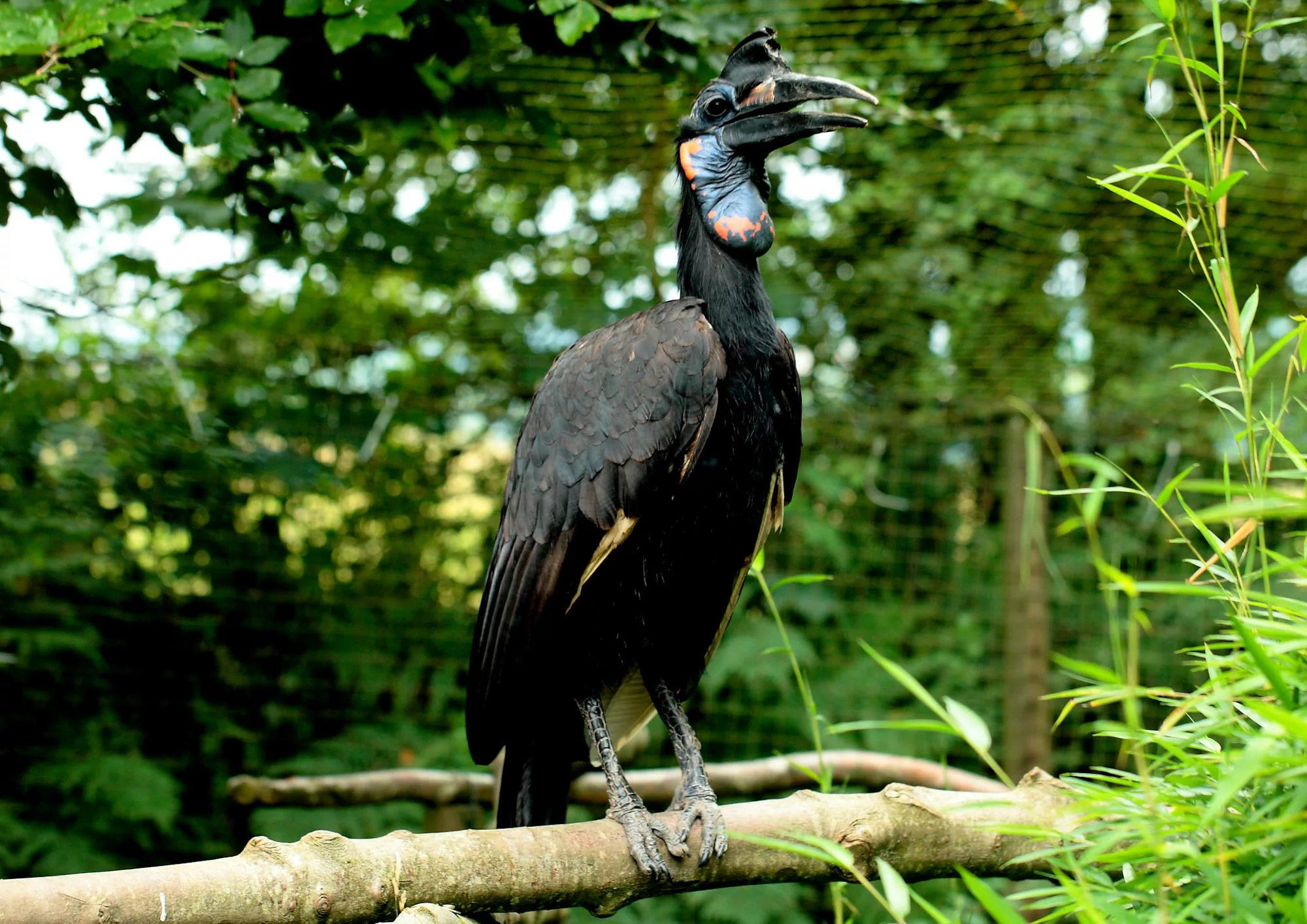
Abyssinian ground hornbill
Abyssinian ground hornbills are social birds often seen in family groups or pairs. They communicate through vocalizations and physical displays to maintain social cohesion.
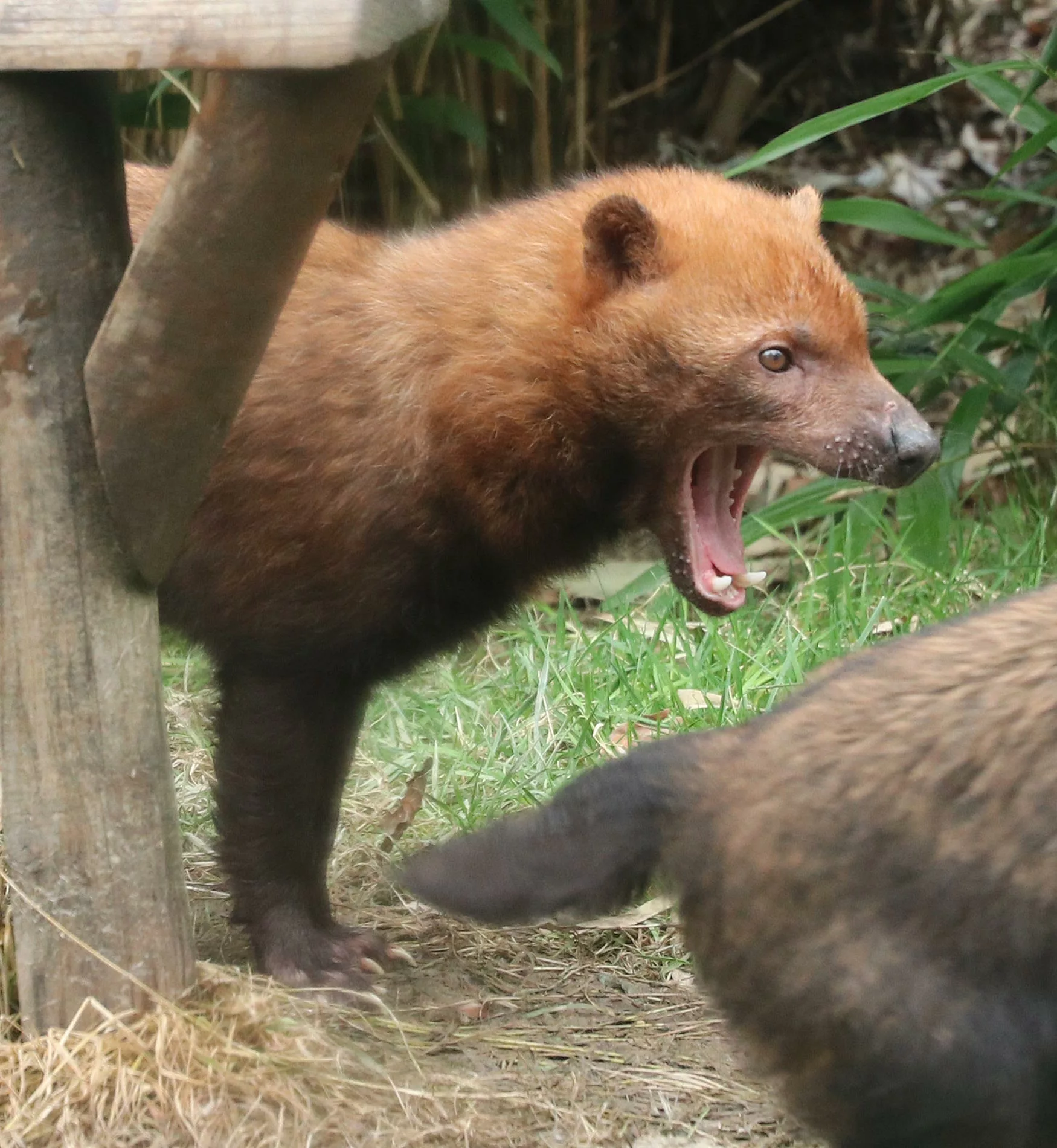
Bush Dog
Bush Dogs receive attentive care to ensure their welfare. Our spacious enclosures are designed to mimic their natural forest habitat, complete with vegetation and hiding places.
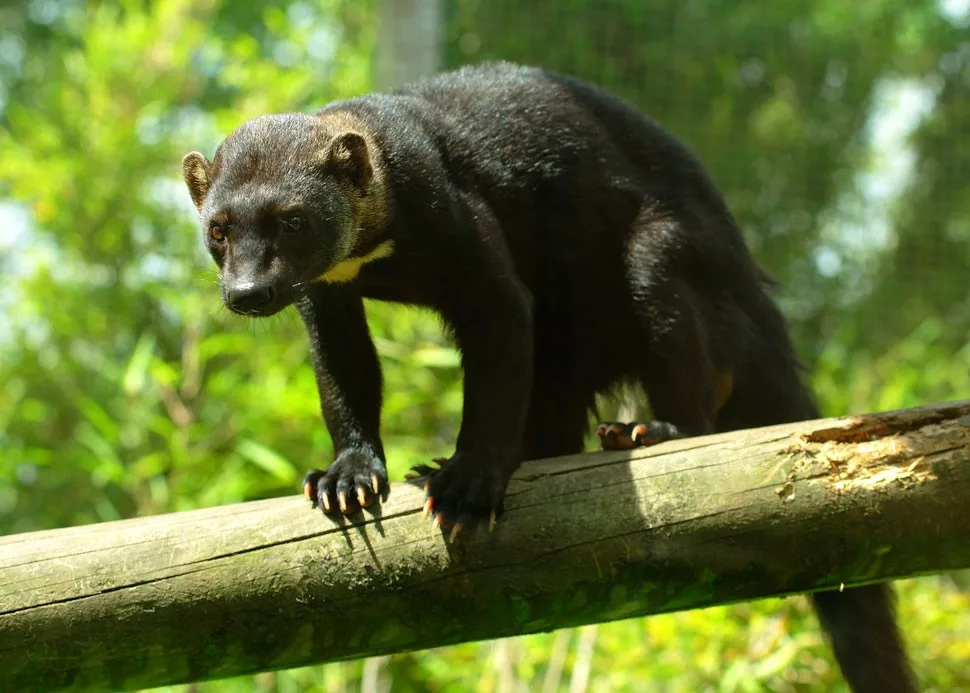
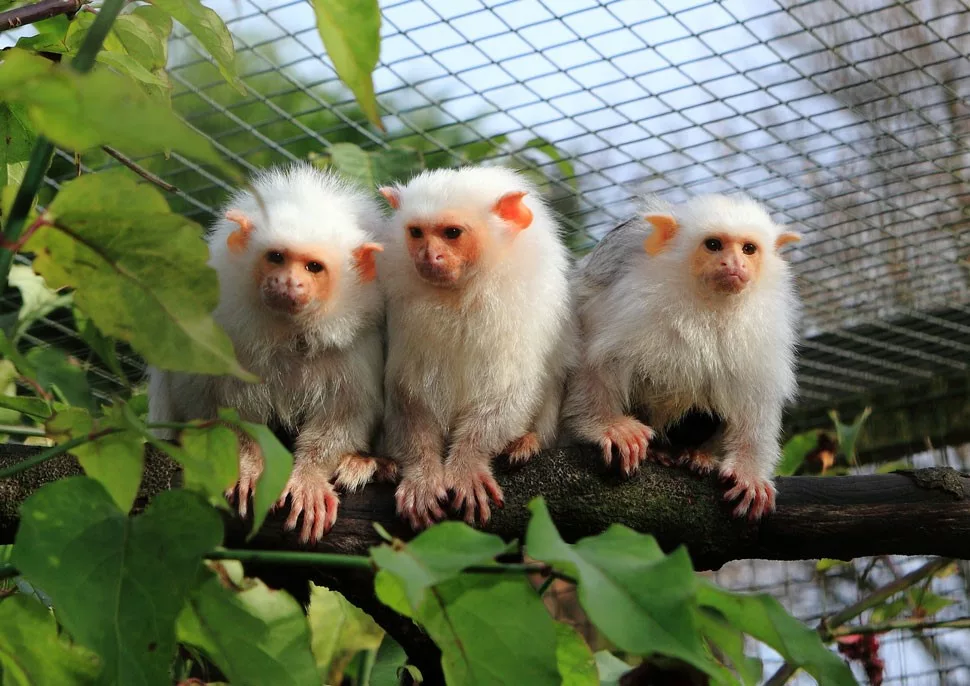
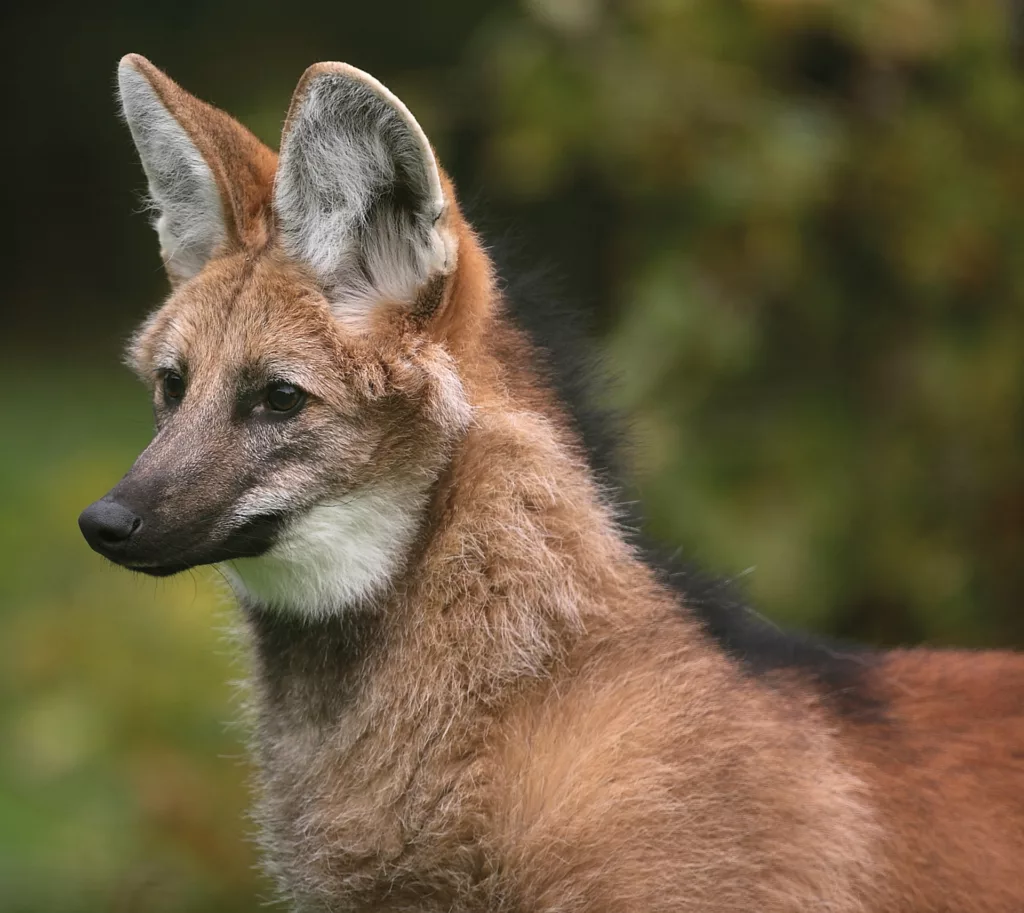
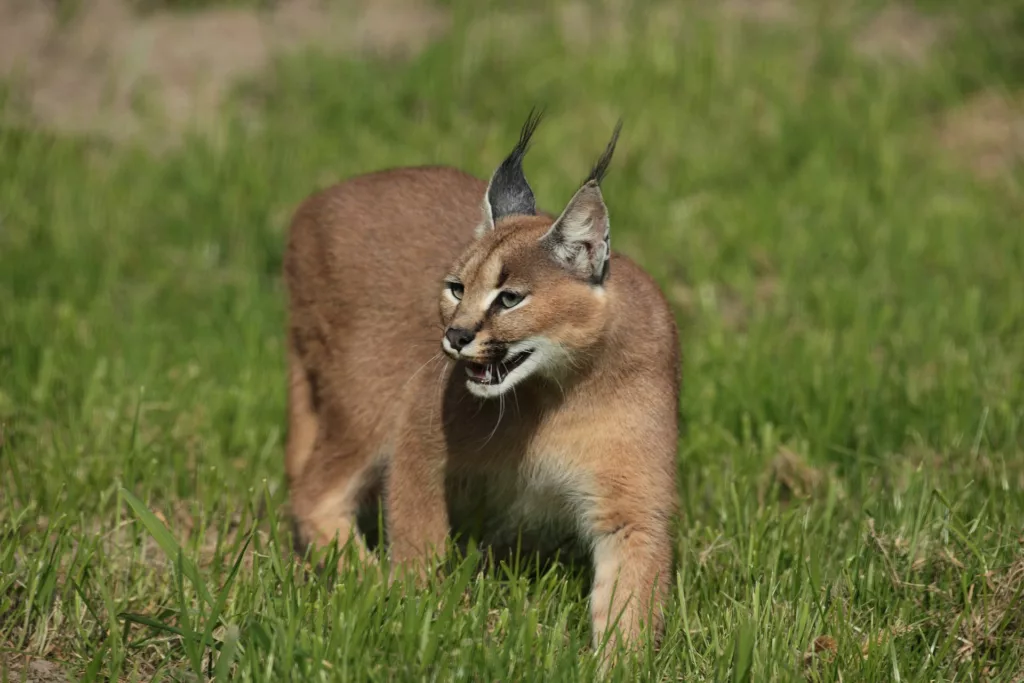
New Arrivals
Welcome our latest arrivals
There’s always something new to see
Plus… don’t forget the many new zoo babies as they arrive!

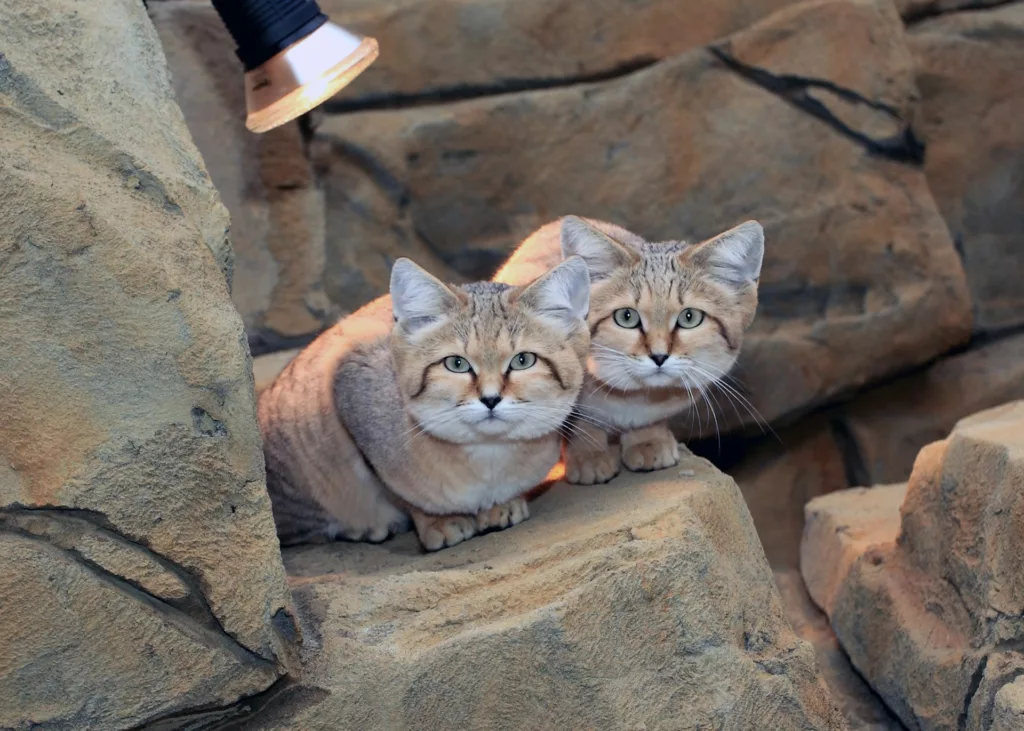

Experiences
Up close & personal
Book an experience you'll never forget
Become a keeper, throw a party with our animals, or interact with your favourite zoo resident for a few hours.
